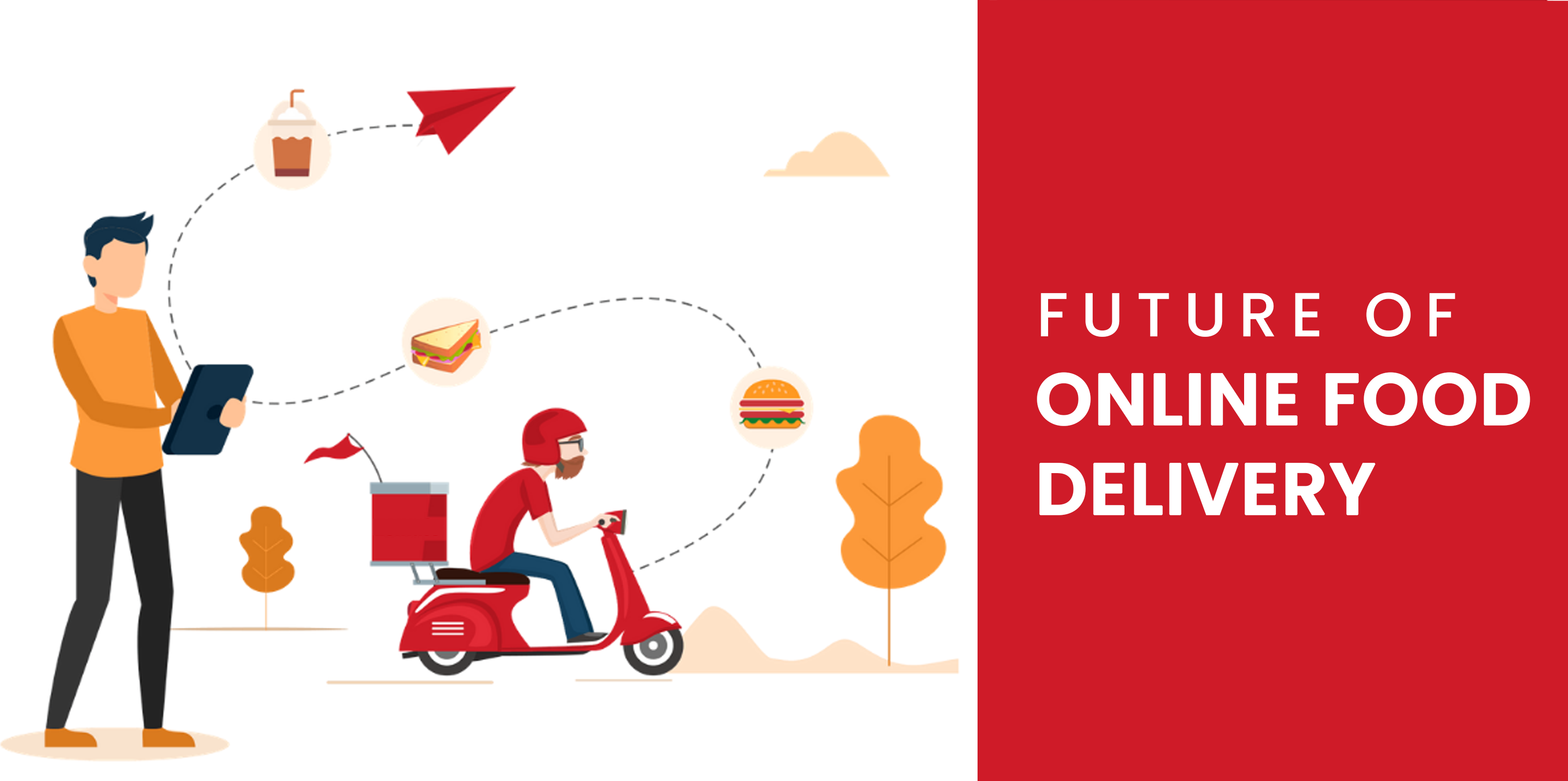
One of the fastest-growing industries in the past years is, unsurprisingly, food delivery apps. Food is an essential human need, and having your food delivered from your favorite restaurant has never been easier thanks to apps that connect a number of actors into the same platform. Thanks to food delivery platforms, restaurants, consumers, and delivery companies’ personnel have benefited in unprecedented ways.
Food delivery digital trends have been very positive, and they still have the potential to keep on growing, but first, they have to face some challenges. In this post, we analyze how food delivery apps work, how they make money, and what the future of the food industry holds for them.
Food Delivery Apps
iOS food ordering apps are expected to have the highest growth rate in the coming years, and Android food delivery apps will most likely take the fairest share of the total market revenue. Overall, the market seems to have the necessary market volume to keep pushing in different directions.
All over the world, these delivery apps have opened up interesting opportunities for different actors. Starting in just a few places, they later go on to expand, scaling their operations strategically, and increasing their pool of users dramatically. For restaurants, this has opened up the possibility to reach a wider audience through multiple channels, thus selling more. For delivery personnel, this has meant an increased number of orders. Lastly, for users, this has been a great way of getting their favorite foods.
However, not all is as good as it sounds for food delivery apps. Being a disruptive business model, it has resulted in a very competitive market. Since many actors are trying to gain a considerable market share, operational efficiencies matter a lot. That’s why food delivery apps need to deliver users a seamless User Experience (UX). Failing to do so may result in losing valuable users.
How Food Delivery Apps Work
In general, most food delivery apps charge a fee to restaurant and business owners. For each of the food items sold, delivery partners take a percentage of the total sales; think of it as the price for using these platforms. At the same time, app companies pay a fee to delivery personnel in exchange for their services. Lastly, food buyers also pay a service fee for using the food delivery platform.
This sounds pretty easy, but in practice, it is yet to be seen if the model works out. Like many other recent industries, this industry is still in the startup stage. This means it is still trying to validate its business model. Although there is great optimism in the market’s long-term growth, many business analysts point out there are still some aspects of the industry that need to be sorted out, especially in a new market as competitive as this one. Also, there are claims about app development companies charging high fees to restaurants and paying too little to deliverers.
As the competition reaches the boundaries of operational efficiencies, companies will face the need to innovate through R&D rather than through cost reduction. This has obligated them to invest important resources, thus burning their capital in order to innovate and differentiate from competitors.
Some companies are already experimenting with drones, opening up the possibility of RaaS for delivery purposes. Others are spilling over to industries like Retail, and some even to FinTech, as they transition from simple delivery platforms to entire marketplaces. After all, it is all about getting creative in a feasible, viable, and user-centered way.
How do business owners make money through food delivery apps?
There is an ongoing debate on the profitability of food delivery companies. Although many of them are investing heavily and taking on some risky bets, it is yet to be seen what the future holds for this market. That does not mean there isn’t room for newcomers. On the contrary, now is the perfect moment for new and innovative models to enter the market.
It becomes necessary for companies to take into account local elements and customize based on user needs, comply with regulatory matters, and design sustainable business models. A key decision for startups is whether to look for venture capital or bootstrap. Depending on this aspect, companies may have more or less room to do certain things and not others.
Challenges of Food Delivery Apps
Fierce Competition
The attractiveness of the food delivery industry has sparked fierce market competition. Having a solid technological strategy is necessary.
Profitability
Right now, the food delivery app market is experiencing an excess of market supply and limited demand. A strong business model and strategy are a must.
R&D
There is a tough competition going on, so focusing on efficiency has its limits. Innovation and user-centeredness become extremely relevant for companies that want to survive in the long term.
User Engagement
Smoothening friction points within the customer journey will have an important impact in terms of defining which apps are able to retain users.
Protect Brands
With so much hype around poor business practices, companies need to make the best decisions for all stakeholders while becoming sustainable. Only the ones who are able to do so will survive.
The Future of Food Delivery Apps
This is an exciting time for the food delivery industry. Although many challenges lie ahead, there are optimistic perspectives for the industry in the long term. The companies that manage to outpace their competitors and stay relevant to users will have the best app development teams available.
Sigosoft is a trusted app development company that can help you build the food delivery app of your dreams. Our years of experience certifies our expertise in building world-class apps through our custom app development methodology.
If you want to find out more about why we are the perfect partner for your food delivery app endeavor, contact us for a consultation. Our expert developers, designers, and business analysts are ready to help you out.